Alexander Von Humboldt Monument
A bronze statue of the famed Prussian naturalist commemorates the year he spent in Mexico.
In Mexico City’s Alameda Central, the oldest public park of the Americas, stands a charismatic bronze sculpture that portrays one of the greatest explorers and naturalists the world has seen, Alexander Von Humboldt.
The Prussian polymath is best known for his explorations and scientific discoveries in the Amazon and Andean regions of South America, but he also spent a significant amount of time in Mexico at the beginning of the 19th century, pioneering the study of its rich fauna, flora, and geology.
After having spent many years exploring vast areas of the South American continent, Humboldt and his colleague, the French botanist Aime Bonpland, were intent on undertaking a voyage across the Pacific to study Polynesia and Southeast Asia. The pair decided to head to Acapulco on the western coast of Mexico (then known as the colony of New Spain) where they hoped to board a ship destined for the islands of the Philippines, which were then also a part of Spain’s vast empire.
Upon reaching Mexico, however, the possibility of fully exploring the country that greeted his arrival proved to be irresistible for the eternally curious Prussian. What was to be a short stay soon became a year of adventures and discoveries. The viceroy of New Spain gave Humboldt letters of permission and introduction, which allowed him to travel freely across the entire country. He was also granted access to crown records, mines, canals, estates, and even pre-Hispanic archeological sites that had been forbidden to explore for centuries.
This apparent act of generosity was not entirely devoid of self-interest on the part of the viceroyalty, who were keen for Humboldt to apply his geological expertise toward improving methods of mining of Mexico’s rich silver deposits. Humboldt applied himself to the task at hand and within a couple of months had revolutionized the mining system of New Spain. He was then able to focus his undivided attention on exploring other aspects of Mexico. In a single year, Humboldt did more than most do in a lifetime as he excavated and measured ancient Aztec ruins and artifacts, climbed volcanos and mountains, and documented and studied strange plants and animals, discovering several new species in the process.
Humboldt finally left the country via the port of Veracruz and headed to Cuba, then took a ship to the United States where he was to meet and befriend then-president Thomas Jefferson, as he had done previously with the South American revolutionary and political figure Simon Bolivar. The year spent in Mexico was a formative one for both the scientist and the Mexican nation, and when the country achieved its independence from Spain, the first Mexican president, Guadalupe Victoria, granted Humboldt citizenship. Beset by financial and political burdens, Humboldt never returned to the Americas, but he continues to be viewed as a hero in the region.
The statue of Humboldt in Alameda Central Park, commissioned in 1999 by the Mexican government, commemorates the 200th anniversary of his visit to the country and the contributions he made to scientific progress. If you look at the boots of the figure you will notice three symbolic details representing his contributions to different fields. A basilisk lizard can be found crawling up the side of the explorer’s boot, symbolizing his contributions to zoology and biology. A vine can be seen, representing discoveries made in botany, and finally, a little notepad with a mathematic equation represents the advances he made in geology.
Know Before You Go
You can get to Alameda Central Park by taking the metro (Line 2, blue line, direction: Cuatro Caminos/ Tasquena) to the Metro Bellas Artes station, and then walking a short way. Not far from the park you can also see the house that Humboldt lived during his stay in Mexico. Just head to the Zocalo and look for the Republica de Uruguay street; the house is number 80 and the building is painted orange. A small plaque on the wall gives further information about his residence here.
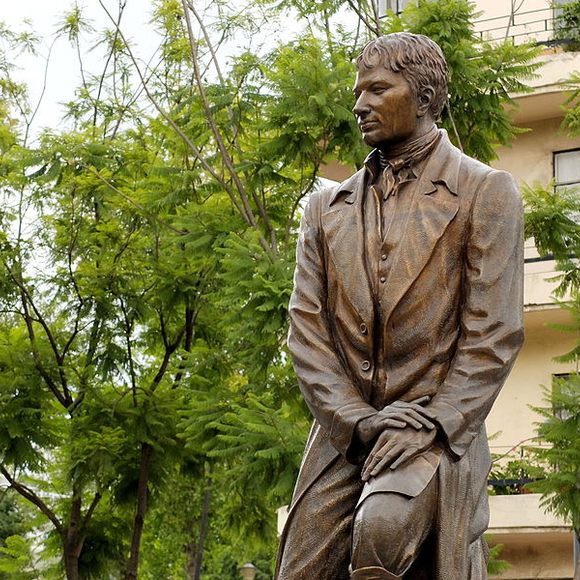

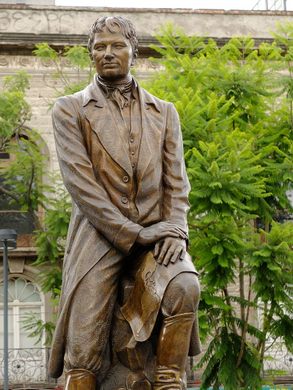
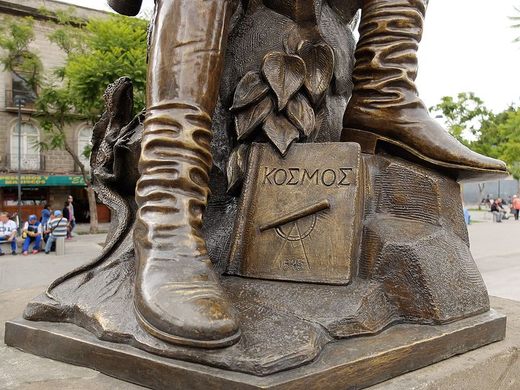
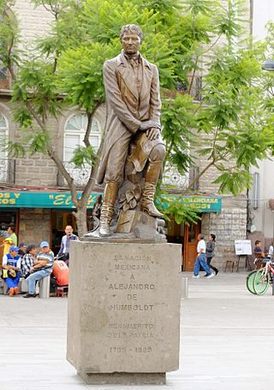









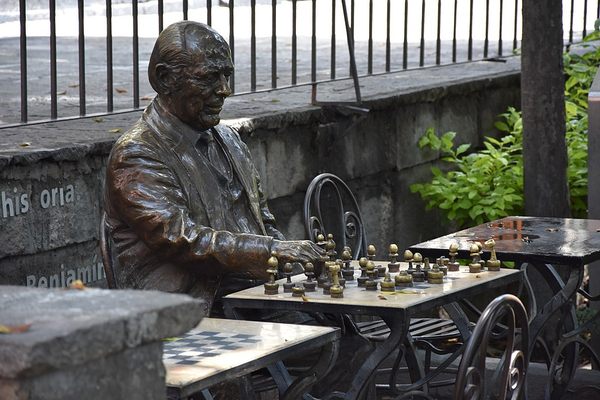
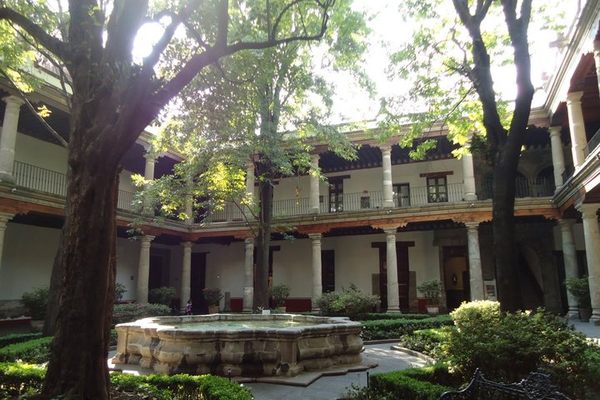



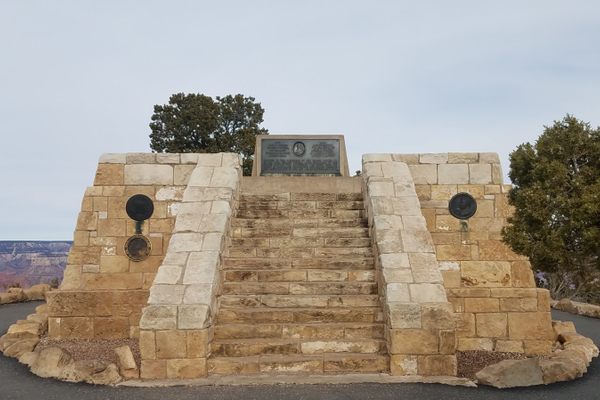
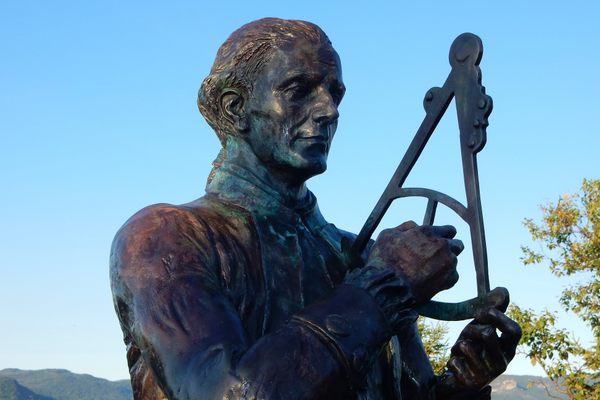


Follow us on Twitter to get the latest on the world's hidden wonders.
Like us on Facebook to get the latest on the world's hidden wonders.
Follow us on Twitter Like us on Facebook